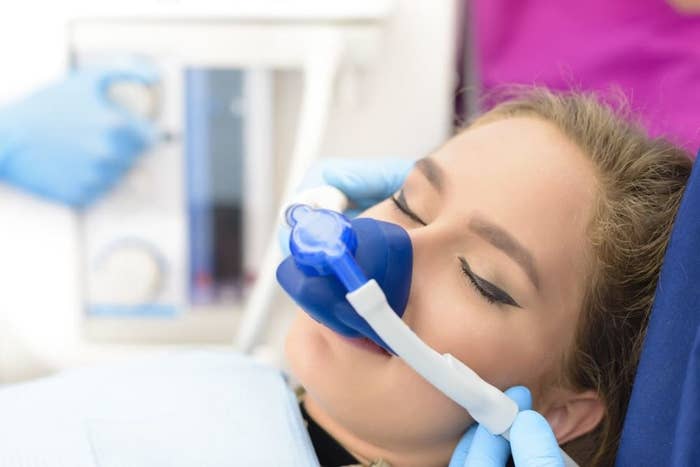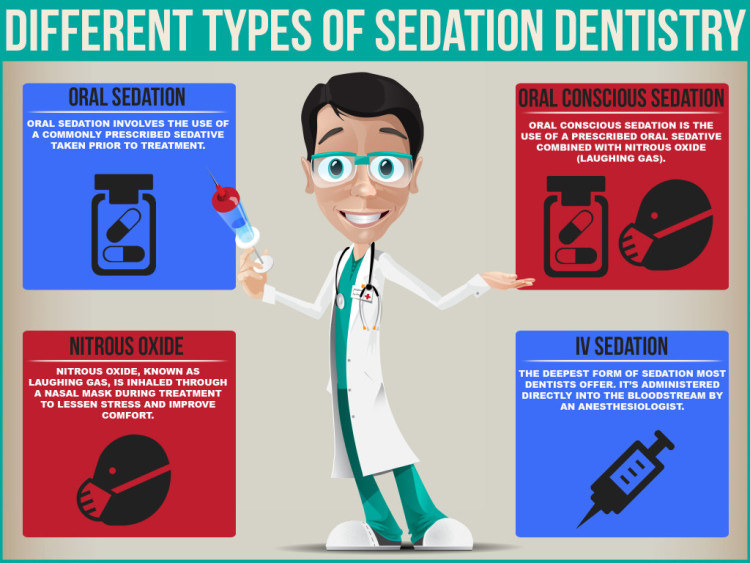
If the teeth are effected there are two common treatments for protecting, repairing or improving the dental health. The two treatments are bonding and crown. During the treatments pain and fear can be in the way of maintaining the oral health. Sedation dentistry is an effective and efficient solution for the patients helping them any aversion during dental process. For some people it is difficult to express their fears related to dental treatment with the dentist but it is important to create a stress free environment for a successful treatment. If the patient has any anxiety or discomfort that he may face during the treatment should be informed to the dentist so that he can come up with a panic free procedure.
Sedation

Sedation treatment is one way to ensure that the treatment process is pain free and panic free. One should request sedation dentistry if they have anxiety about dental work, history of pain or is going to have an extensive dental procedure. Some people fear the dentist and are reluctant to tell them about their fears. This fear may keep them from visiting the dentist for a long period of time. Their anxiety begins with the sight and sound of the equipment required for the treatment. Sedation is the best option for people who go through such experience.
Physical discomfort
There are a number of physical discomforts people may face when they go for a dental appointment.
Sensitive Gag reflex
Sedation is the best solution for patients with sensitive gag reflex. Extractions and teeth cleaning may become difficult for patients with anxiety.
Resistance to local anaesthesia
There are some patients who are resistant to local anaesthesia and cannot rely on that during extensive dental treatments. Dental procedures can be very painful for them. Discomfort can be easily managed for all types of patients by using the sedation procedure.

Physiological discriminations
Every patient is a unique person with different levels of pain management capability. Some people have extra sensitive teeth and some have very low pain endurance. People with small mouth and oral tissues have many issues. Sedation can prevent them from feeling the results of these traits.
Extensive dental procedures

When patients require extensive dental treatments for their problems they might not be able to endure it in the presence of their mind. Longer procedures that require the patience of the patient may be completed in a single visit by the dentist if sleep dentistry is applied. Sedation can be helpful when the treatment includes complicated extractions, crowns, bridges, implants, smile makeovers, deep cleaning treatment.
Types of sedation dentistry

There are three common type of sedation dentistry treatments that are:
Nitrous oxide
Nitrous oxide is also called the laughing gas. It is a mild sedation method that requires the patient to inhale the gas. The gas then helps the patients to relax and stay calm during the treatment.
Sedative
To achieve a deeper level of sedation, the Las vegaS Dentist prescribes a sedative pill that the patient has to take before the start of the appointment.
IV sedation
To completely sedate the patient, the patient receives a sedative by means of an IV drip. This is useful for all types of dental treatments. It help the patients to stay calm during the procedure.

